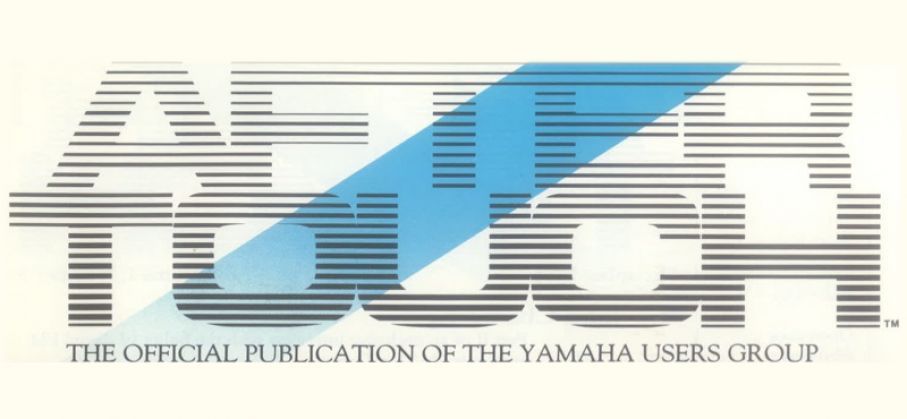Aftertouch – Volume 2, Number 1 (January 1986)
Feel free to browse this issue, or download in its entirety and post your comments and suggestions in the dedicated forum section here. We look forward to hearing from you!
{pdf=https://www.yamahasynth.com/aftertouch/86_01.pdf|800|1200}
From 1985 – 1989, Aftertouch Magazine was “The Official Publication of the Yamaha Users Group”. Check back every Thursday for our latest throwback issue. You can find all the Aftertouch throwback issues here.

